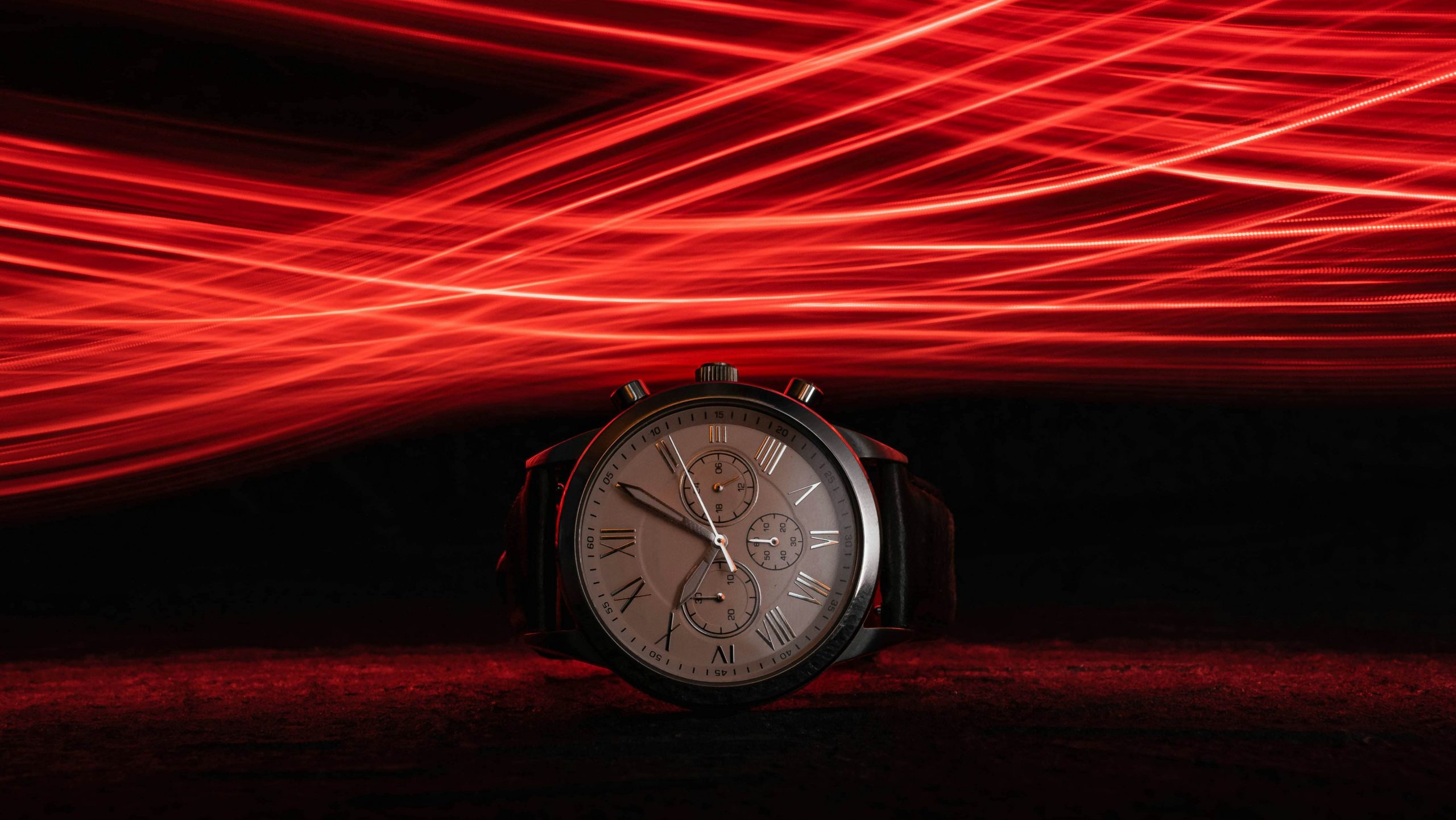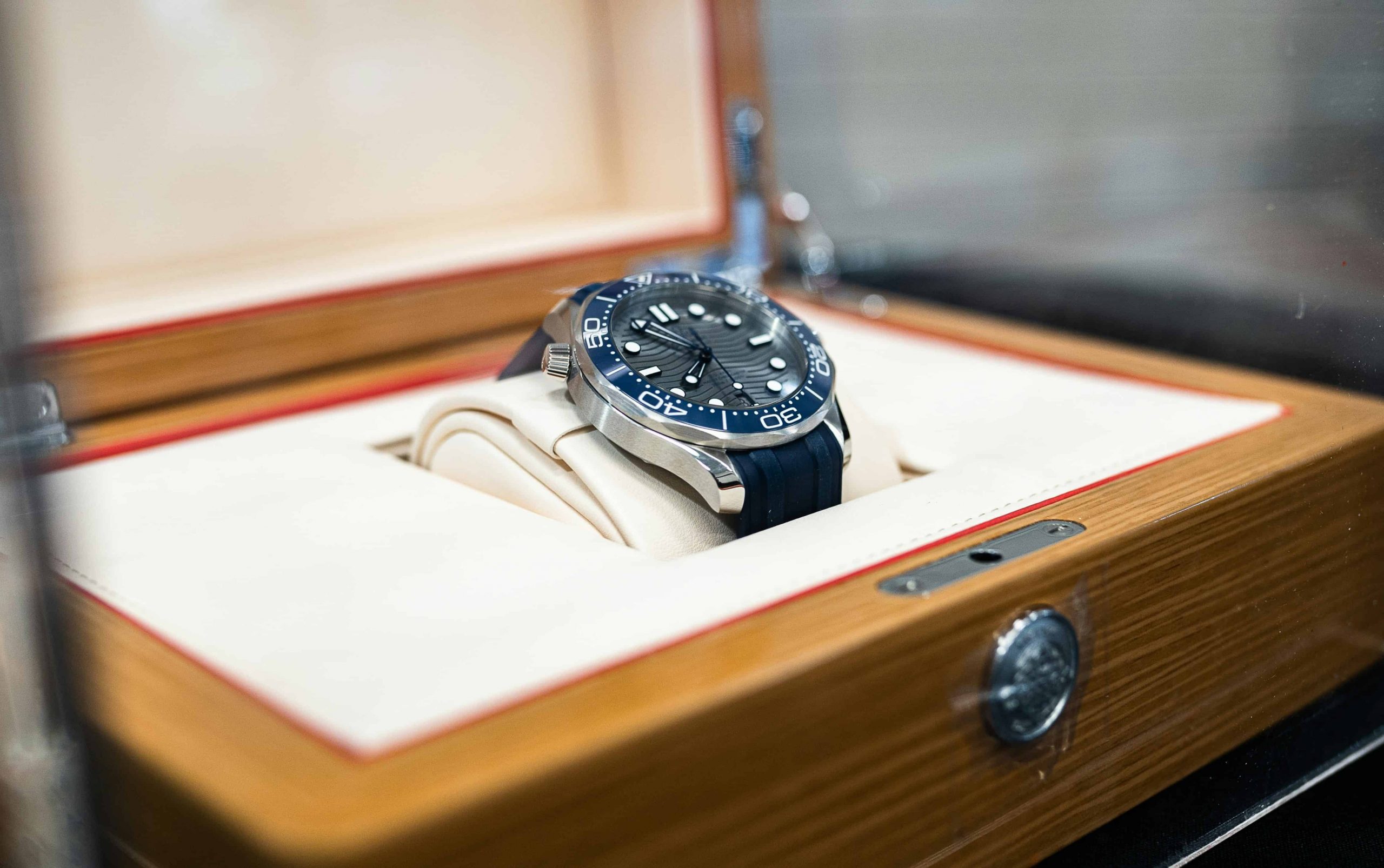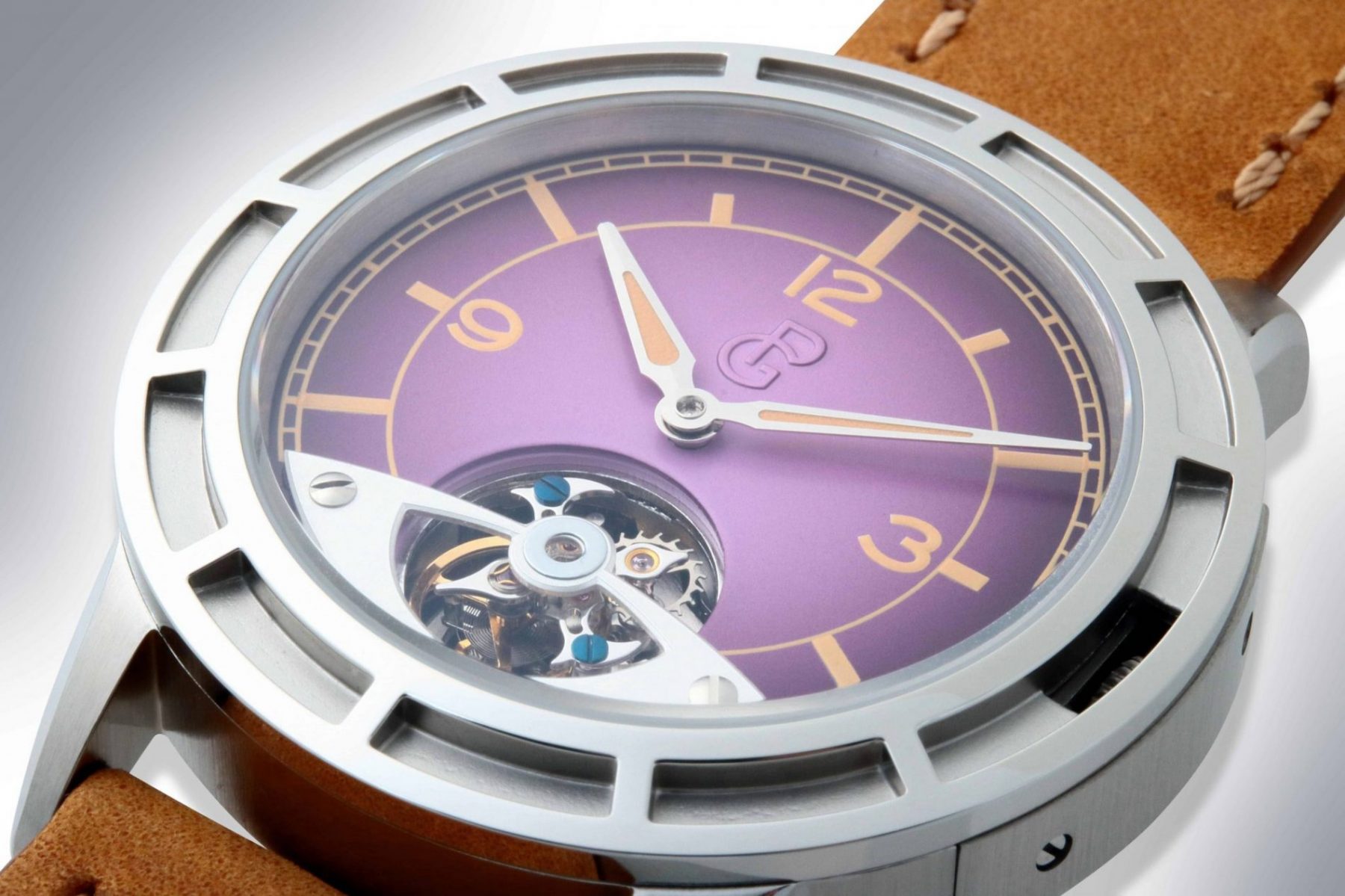
The Timeless Odyssey of the Tourbillon Mechanism
Introduction
The tourbillon mechanism, a marvel of engineering, serves as a testament to the relentless pursuit of accuracy in timepieces. It was designed to address the gravitational forces that affect the oscillating balance wheel and escapement of a watch, thereby enhancing its precision. Beyond its utilitarian function, the tourbillon symbolizes the pinnacle of watchmaking artistry, embodying the meticulous craftsmanship and technical expertise synonymous with luxury timepieces.

© Bruchin Noeka / Pexels
Origins and Early Development (18th – 19th century)
Abraham-Louis Breguet, revered as a luminary in the realm of horology, is credited with inventing the tourbillon and securing its patent in 1801. Amidst the backdrop of the 18th century, where pocket watches reigned supreme, Breguet recognized the imperfections plaguing timekeeping accuracy due to gravitational forces. The tourbillon, a rotating cage housing the escapement and balance wheel, aimed to mitigate these discrepancies by averaging out positional errors over time. John Arnold’s contributions further fueled the conceptualization and refinement of this revolutionary mechanism, laying the groundwork for its enduring legacy.
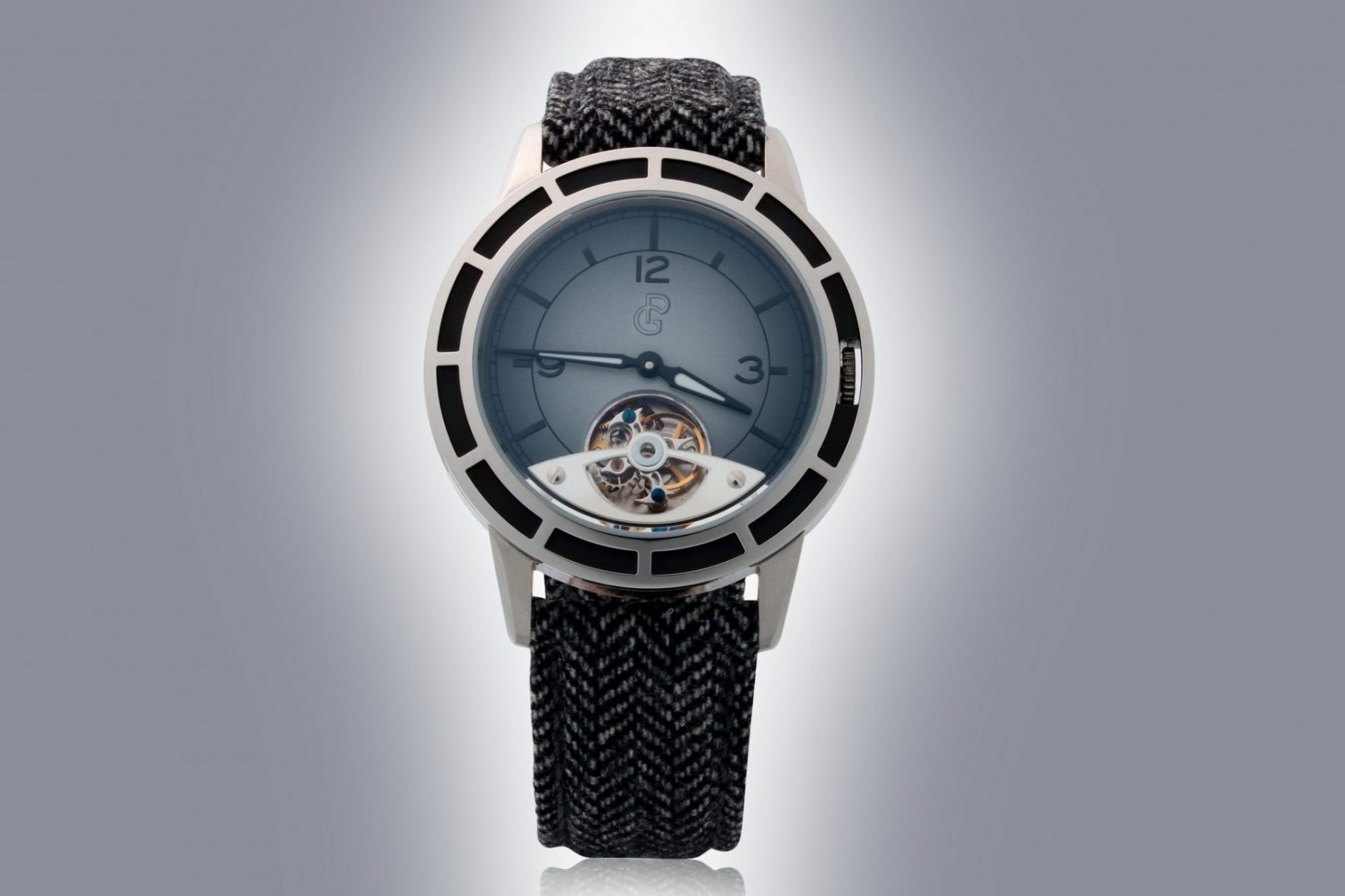
© Pierre Gaston Watch
Evolution and Refinements (20th – 21st century)
As the march of progress continued, the mechanism underwent a series of refinements and innovations to address its inherent limitations. Visionaries such as Alfred Helwig and Anthony Randall spearheaded efforts to optimize its design and functionality, introducing variations like the flying tourbillon and double-axis tourbillon. Technological advancements propelled the evolution of tourbillon manufacturing, enabling greater precision and complexity in its construction. The 20th and 21st centuries witnessed a renaissance of sorts as the tourbillon solidified its status as the ultimate horological complication.
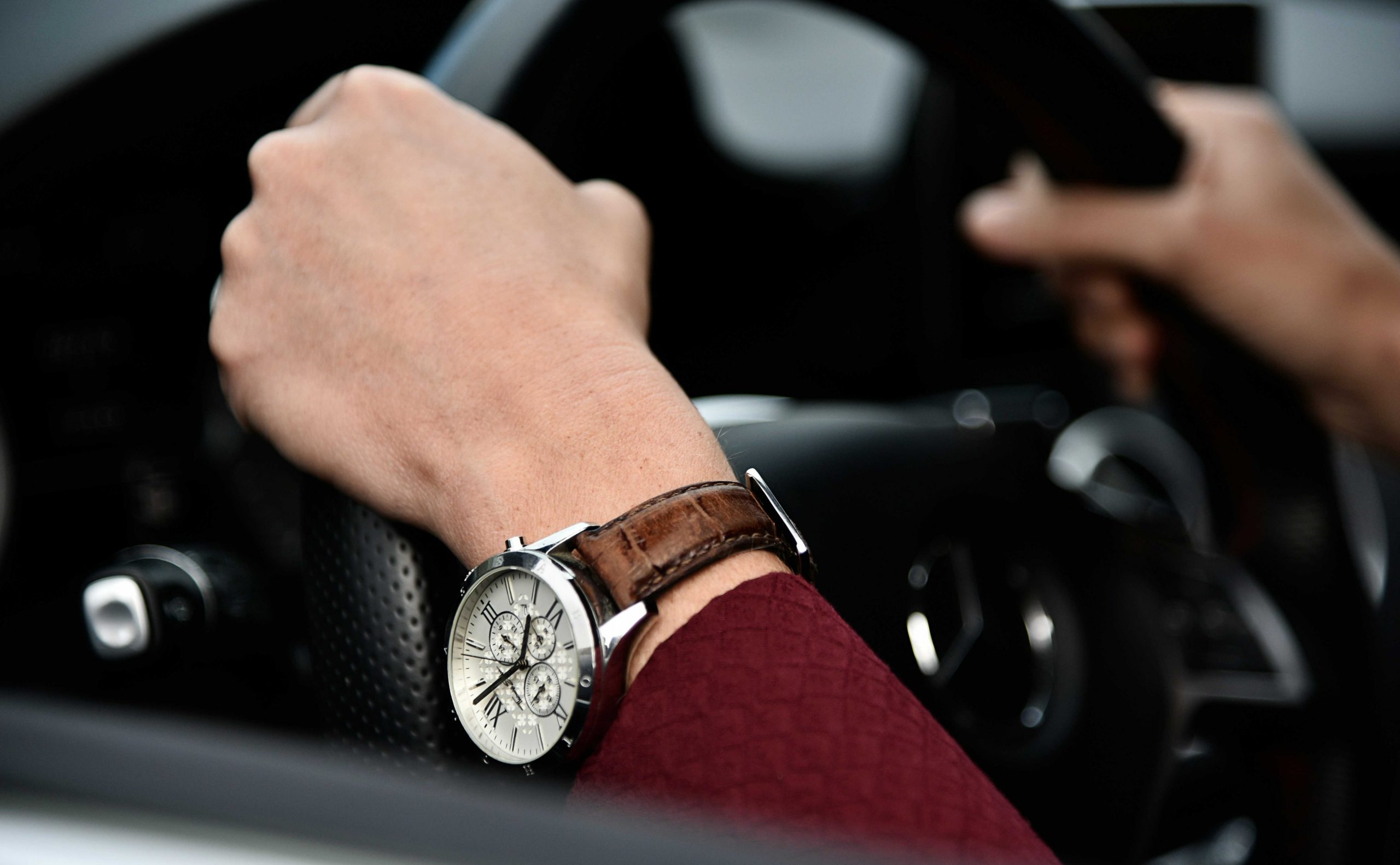
© Nino Ubezio / Unsplash
Current Significance and Future Outlook of the Tourbillon Mechanism
In contemporary watchmaking, the mechanism remains a coveted feature coveted by aficionados and collectors alike. While its practical benefits in wristwatches are subject to debate, its symbolic value as a hallmark of craftsmanship endures. The mechanism serves as a beacon of excellence, embodying the uncompromising standards upheld by haute horology. Looking ahead, the future of the tourbillon is marked by both promise and uncertainty. Continued innovation may unlock new frontiers in precision timekeeping, yet challenges loom on the horizon amidst shifting consumer preferences and technological disruptions.
Conclusion
In conclusion, the journey of the mechanism is a testament to the enduring pursuit of perfection in watchmaking. From its humble origins to its lofty status as a pinnacle of craftsmanship, the tourbillon stands as a timeless icon of ingenuity. As we reflect on its storied past and contemplate its future, one thing remains certain: the mechanism will forever occupy a hallowed place in the annals of horological history, inspiring generations of watchmakers to push the boundaries of possibility.
Key Takeaways
- Precision Pursuit: The mechanism counters gravity’s impact on timekeeping, showcasing a relentless pursuit of accuracy in watches.
- Craftsmanship Symbol: Beyond function, the mechanism symbolizes the pinnacle of watchmaking artistry, reflecting meticulous craftsmanship and technical expertise.
- Inventor and Legacy: Abraham-Louis Breguet invented the tourbillon in 1801, addressing timekeeping imperfections. John Arnold’s contributions laid the groundwork for its enduring legacy.
- Evolution and Innovation: Refined over the 20th and 21st centuries, the tourbillon evolved with variations like the flying and double-axis mechanisms, solidifying its status as the ultimate horological complication.
- Contemporary Significance: A coveted feature in modern watches, the mechanism signifies excellence and upholds uncompromising standards, though its practical benefits are debated.
- Future Prospects: The tourbillon’s future holds promise and uncertainty; innovation may enhance precision, but challenges like shifting preferences and tech disruptions persist.
- Timeless Icon: From humble origins to a pinnacle of craftsmanship, the tourbillon stands as a timeless icon, inspiring watchmakers to push boundaries in horological history.
FAQs (Frequently Asked Questions)
What does the tourbillon mechanism aim to achieve in watches?
The mechanism counters gravity’s impact, enhancing precision by addressing oscillating balance wheel and escapement discrepancies.
Who invented and patented the tourbillon, and when?
Abraham-Louis Breguet invented and patented the tourbillon in 1801, revolutionizing timekeeping accuracy, especially in 18th-century pocket watches.
How has the tourbillon evolved in recent centuries?
Innovators like Alfred Helwig introduced variations like the flying tourbillon, solidifying its status as the ultimate horological complication.
Is the mechanism still relevant in modern watches?
Yes, it remains coveted, symbolizing excellence and craftsmanship, though debates persist about its practical benefits in wristwatches.
What’s the future outlook for the tourbillon?
The future holds promise and uncertainty; ongoing innovation may enhance precision, but challenges like changing preferences and technological disruptions pose considerations for its continued significance.
Elevate your understanding of watchmaking craftsmanship by immersing yourself in the comprehensive analysis of how stainless steel plays a pivotal role in the enduring charm of Pierre Gaston timepieces.



